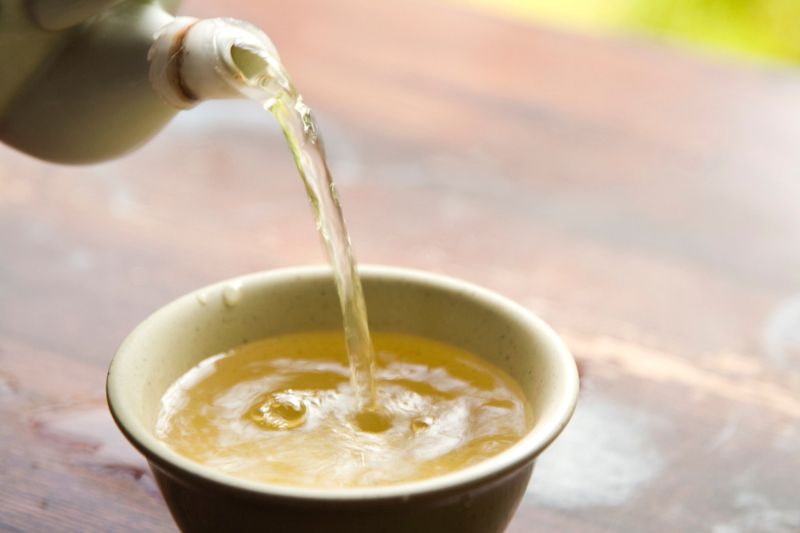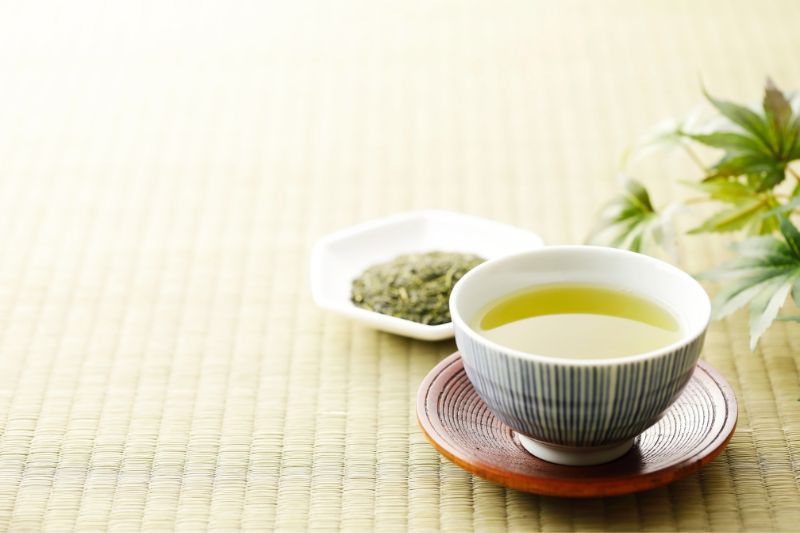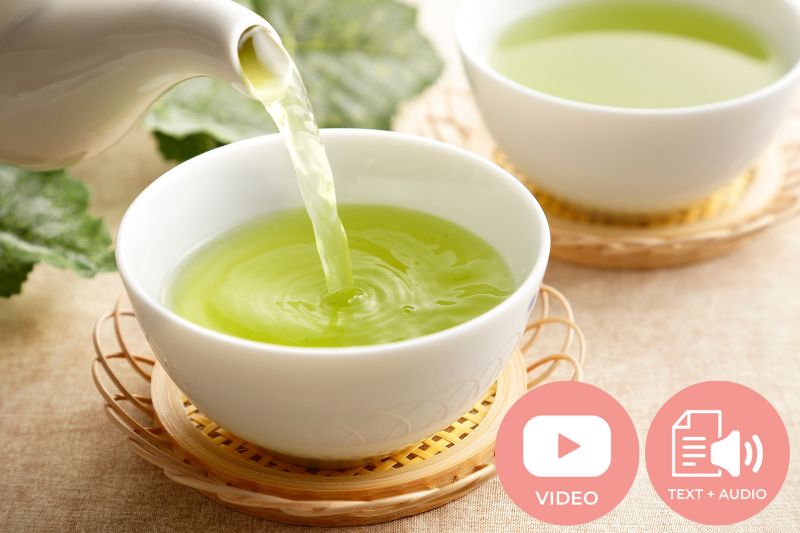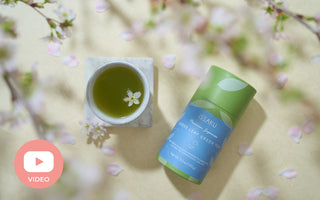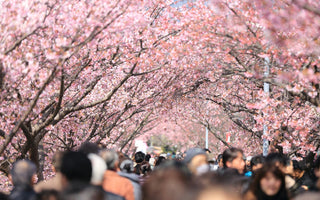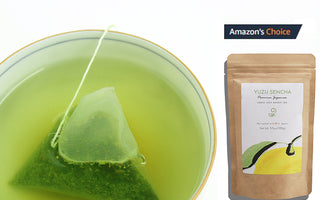Subscribe to Green Tea Podcast:
Japanese Tea Ceremony: What Not to Do
The Japanese tea ceremony is a popular ritual that is held in the country to mark the preparation and serving of Japanese green tea. Also known as Chanoyu or Sado, the Japanese tea ceremony involves the serving and drinking of a powdered Japanese green tea known as Matcha in addition to Japanese sweets to reduce the bitterness of the tea. In Japan, serving tea is considered an art and a spiritual discipline. As a discipline, the tea ceremony entails the aesthetic contemplation of ceramics, flower arranging, calligraphy, and the tea ceremony's roots, which date back to the 12th century. As an art, the ceremony involves the appreciation of the tea room’s design, being around friends, and the feel of the chawan on the hand.

A Japanese tea ceremony can have several guests, usually ranging from 4 to 5, in a small meeting. The name given to the first guest is Shokyaku, while the second guest is called Jikyaku. Other guests are simply known as Kyaku. The last guest has a name, which is known as Tsume, while the person serving tea and directing the ceremony is known as Teishu. Are you interested in joining the Japanese tea ceremony this year? It is possible to see for yourself and catch a flight to Japan with HK Express! It doesn’t matter whether you are a Japanese local or a tourist; it is vital that you follow formal tea ceremony etiquette.
Rituals that are hosted outside the country should also follow the formal code of conduct. If you are a foreigner, it is important that you learn the standard protocol before being allowed to participate in a Japanese tea ceremony. For example, as a guest, you are required to remove your shoes before being allowed to enter the tea room. Slippers will be provided before the ceremony starts. You will be seated in order by your host, and you should avoid touching anything with your palm. When a tea bowl is offered to you, make sure you turn slightly before taking a sip. The following are things that you should not do at a Japanese tea ceremony:
1. Don’t sit in a seiza style because you will tire quickly
When you enter a Japanese tea ceremony, you are likely to see people seated in a seiza style or even Indian style. Unless you are a child, you should not sit like that. Remember that tea ceremonies in Japan can last way longer than you think, so make sure you sit down with your legs sprawled out. This way, you will avoid all the pain and agony that come with sitting in a seat for hours.
2. Don’t wash your hands in the tea room unless it is really necessary
Before you enter a Japanese tea ceremony, it is likely that you have washed your hands and that they are clean. So when you are presented with a basin to wash your hands, decline in a polite way. You came to the ceremony to drink tea, not to eat food with your hands. If you did not touch anything dirty on your way to the ceremony, there is no need to wash your hands again.
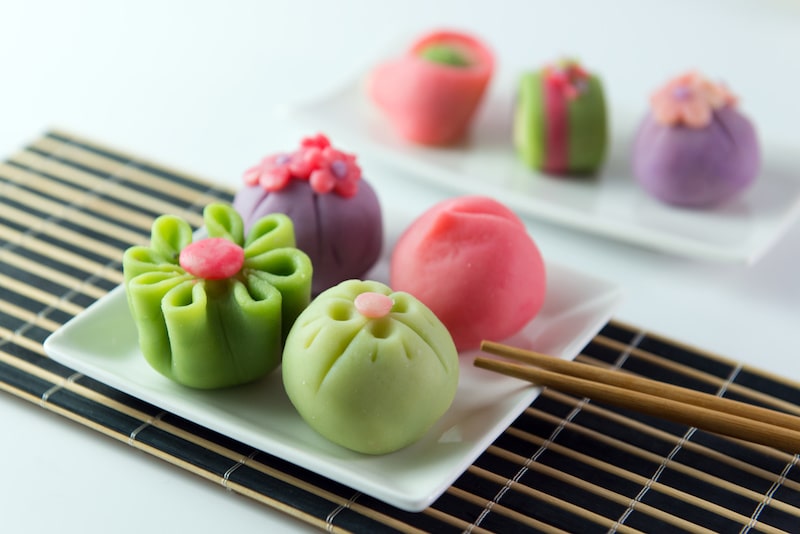
3. Don’t ask fake questions which do not relate to the tea ceremony
Sometimes you may be tempted to exaggerate your compliments or questions to the point that you sound insincere or fake. Don’t go overboard by complimenting your host just to look social. A Japanese tea ceremony is a time to be genuine and sincere. So when you ask a question, it should come from your heart. You can ask questions about the matcha and how it is harvested, or other sincere questions related to the ceremony.
4. Do not wait to eat the sweets, but consume them as soon as they are presented to you
As green tea is being prepared at the ceremony, you will be presented with sweets. Instead of waiting for the water to boil and the tea to be prepared, eat your sweets as soon as you receive them. As a foreigner (gaijin), you have the need to eat and not wait. So don’t pretend you came to the ceremony to wait for everything to be ready so that you can start to eat.
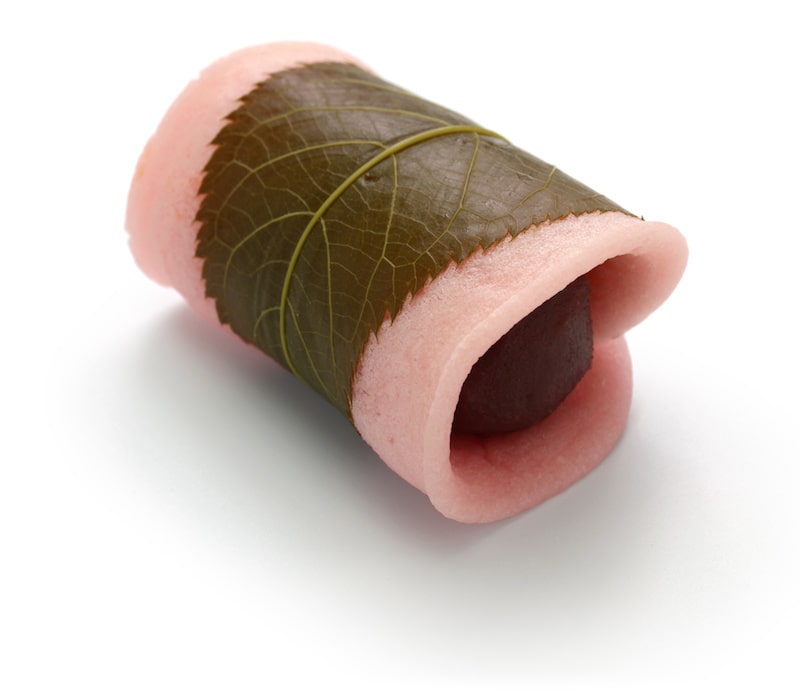
5. Do not eat or drink anything unless they are offered to you
As a guest attending the Japanese tea ceremony, you will enter the tea room known as the chashitsu. This is a social room where guests are told what to do, what to eat, and what to say by the teishu. Do not consume any sweets or drink anything unless they are offered to you. Your role as a guest is to drink tea and consume sweets, as well as give compliments on the tea room’s design whenever you are given a chance to do so. Do not take extra sweets or drink more tea than you are given.
6. Do not drink the tea like there is no tomorrow
Remember that this is a tea ceremony and not a party where you have to eat until your stomach is full. Before you start taking tea, there are a variety of things that will be done. You will be presented with sweets to eat, but remember, you should not say or do anything that is not part of the tea ceremony. The tea ceremony starts when the teishu gives sweets to the guest, known as the shokyaku, and declares there is something to eat for the guest. After filling your belly with sweets, it’s time to drink the tea, which is quite bitter. Make sure to balance the bitterness of the tea with the sweets. However, don’t gulp down the matcha like there is no tomorrow. Take time to enjoy every sip you take.
Knowing the above tips will prevent you from looking like an idiot while at a Japanese tea ceremony. While at the ceremony, you are expected to eat and drink everything that is served to you. There will be no leftovers. However, you should not worry because the sweets are quite tasty and the tea is sumptuous, to say the least. You are not allowed to smoke inside the tea room. If you are not sure about anything, don’t do it at the tea ceremony.
This post was first published in 2019 but it was updated in 2023 just for you.
Get Free Bonus Books



